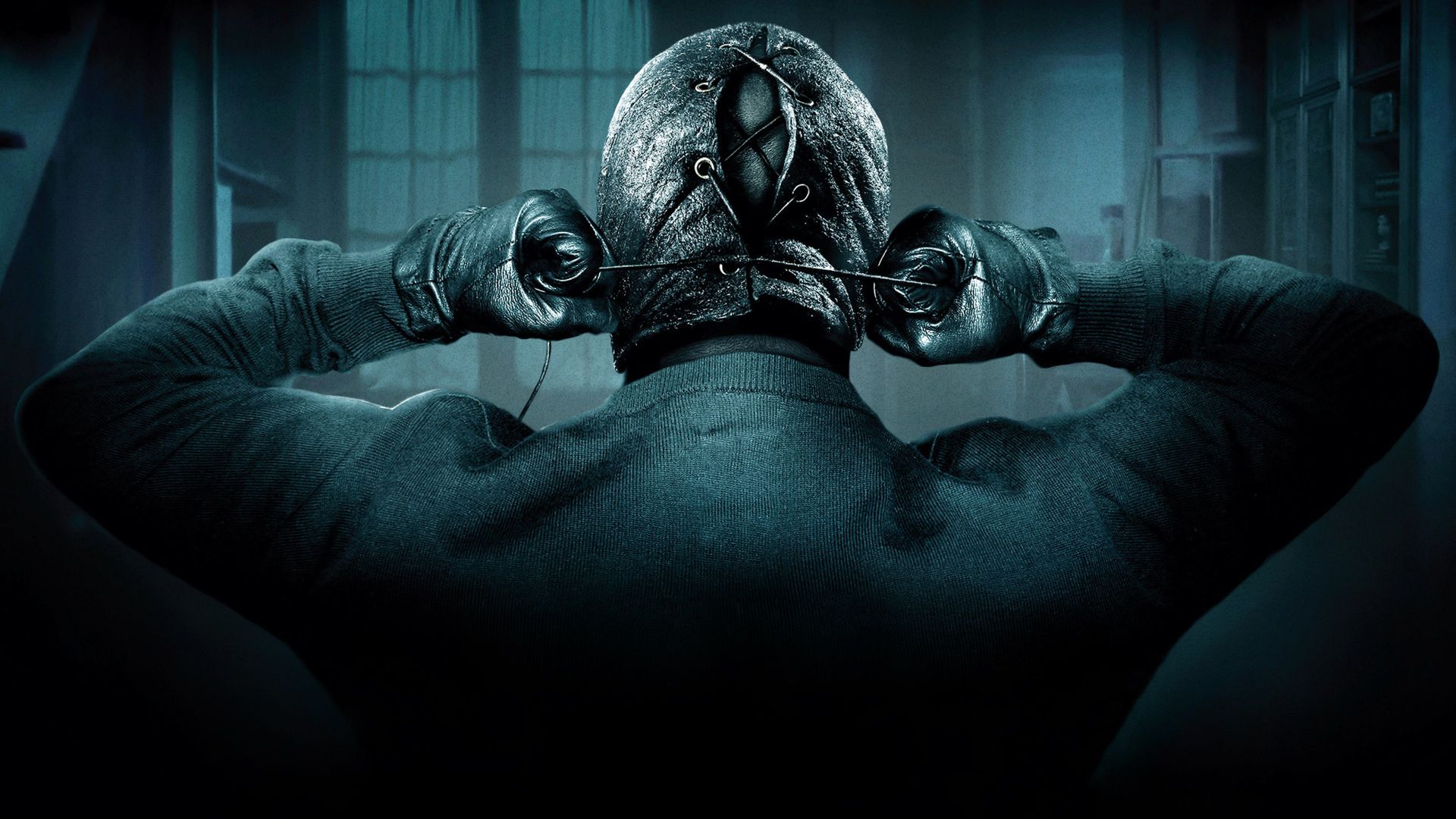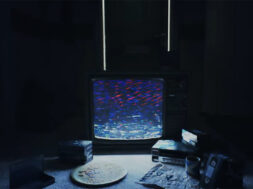
Horror has always reflected the world around us, ever-evolving with the times. Looking back on different eras in the genre provides a snapshot of what dominated the horror conversation and box office at the time. In the wake of 9/11, “torture porn“ stepped into the horror spotlight.
When Saw hit theaters in 2004, most gore-focused horror films were either slasher films or underground video nasties. Saw was a paradigm shift in the genre that brought a level of extreme violence and gore to the forefront of the genre and into every neighborhood multiplex. As tends to happen, the imitations flooded in to cash in on the audience’s newfound bloodlust. Critics of the genre coined the term “torture porn“ as a derogatory descriptor for films that had an increased focus on carnage. It was intended as a negative term but has contextually been redefined as a badge of honor in certain subsets of fandom.
With the “torture porn“ popularity at its peak, a script titled The Midnight Man, written by Patrick Melton and Marcus Dunstan, was shopped around to studios. The script was a unique blend of the new popular gore genre that captivated audiences and merged it with the home invasion genre. The potential was through the roof to tell a claustrophobic and tense story that could satisfy gore hounds.
But with Saw becoming a franchise, many tried and failed (anybody remember Captivity?) to leave a lasting impact, so The Midnight Man was reworked to fit into the Saw franchise. This version of the story was intended to serve as a prequel, following John Kramer/Jigsaw’s origin and early days. Though the producers ended up passing on the concept of a prequel in favor of a proper Saw IV, they were still impressed with The Midnight Man enough to hire Melton and Dunstan to pen Saw IV through the seventh entry in the franchise, Saw 3D.
So what exactly ended up becoming of The Midnight Man? Well, Melton and Dunstan returned to the drawing board and reworked it back into an original story. This time the script would be made under the new title, The Collector, with Dunstan directing. The film was released on July 31st, 2009, in the middle of Saw-mania.
The Collector follows Arkin O’Brien (Josh Stewart), a handyman with a checkered past who works for the wealthy Chase family. When loan sharks threaten Arkin’s family, he needs to come up with cash quickly. He devises a plan to burglarize the Chase home and steal a valuable gem.


It seems like a surefire win, given he knows the ins and outs of the location, but when he enters the Chase home, he discovers horrors he didn’t expect. As fate would have it, the home has been invaded by “The Collector,” a deranged serial killer who rigs houses with deadly traps. When a lone survivor is left, The Collector captures them in a trunk and takes them away to his collection of other surviving victims. Realizing he’s in over his head, Arkin reluctantly decides to try and help the Chase family escape their house of horrors and steal the gem in the confusing chaos.
The haunting namesake villain of The Collector is an unknown entity, hidden by a mask that looks like a combination of lucha libre and something you would find in an S&M shop. This assailant is given zero backstory, other than the fact he collects his lone survivors. The “collection” offers an inverse to the “final“ survivor trope. Typically, this is where the fear ends. In The Collector, “surviving” marks a continuation of horrors. The Collector is an invading force that turns homes, typically a form of sanctuary, into a graveyard or gore and chaos. This is the home invader turned up to eleven and delivering results.


The Collector is one of the goriest home invasion films, with clever trap design from simple setups such as unsuspecting nails hidden in telephones to rube Goldberg-style pendulums of death to pet-dissolving acid. The Collector is mayhem confined into a Pandora’s box of horrorsan unrelenting experience from start to finish, bathed in darkness and far more nuanced than people tend to remember.
Arkin, our flawed protagonist, remains one of the most unique aspects of the film. A character archetype villainized in other films is instead given the role of a reluctant hero, even if his intentions are never quite as noble as the Chase family assumes. In this way, The Collector feels like a precursor to films such as Don’t Breathe 2, which features a flawed (arguably evil) person being given a reluctant shot at redemption by saving a helpless victim. Elements like these weren’t very common in the “torture porn“ boom of the mid-2000s, and it helps The Collector stand out from similar films.


The film ended up spawning a legacy of its own. The cliffhanger ending was followed up in the 2012 sequel The Collection, with the entire creative team returning. Josh Stewart returns to the role of Arkin, as he is forced to work with a group of mercenaries to infiltrate the Collector’s hideout and all the traps inside.
The sequel was bigger and more ambitious but lacked the nuance and confined atmosphere that made the original film so unique. It wasn’t worse; it was just… different. Since 2019, attempts have been made to film a third entry in the series (The Coll3cted), but unfortunately, production has been plagued with financial and legal troubles. All hope seemed lost, but earlier this week, Dunstan confirmed (in an interview with Brett Petersel) the film is still in development.
In many ways, The Collector feels like a relic of its time. A product made to capitalize off the success of a trend. A flash in the pan of a genre that’s ever-evolving. Unlike many other films in the “torture porn“ subgenre, I find myself constantly returning to The Collector for the way it brings a nuanced character and conflict to its forefront while never losing sight of delivering the carnage it promised. Time has been kind to this film, and with the Saw franchise returning to its former glory, I can’t help but hope The Collector will follow.














